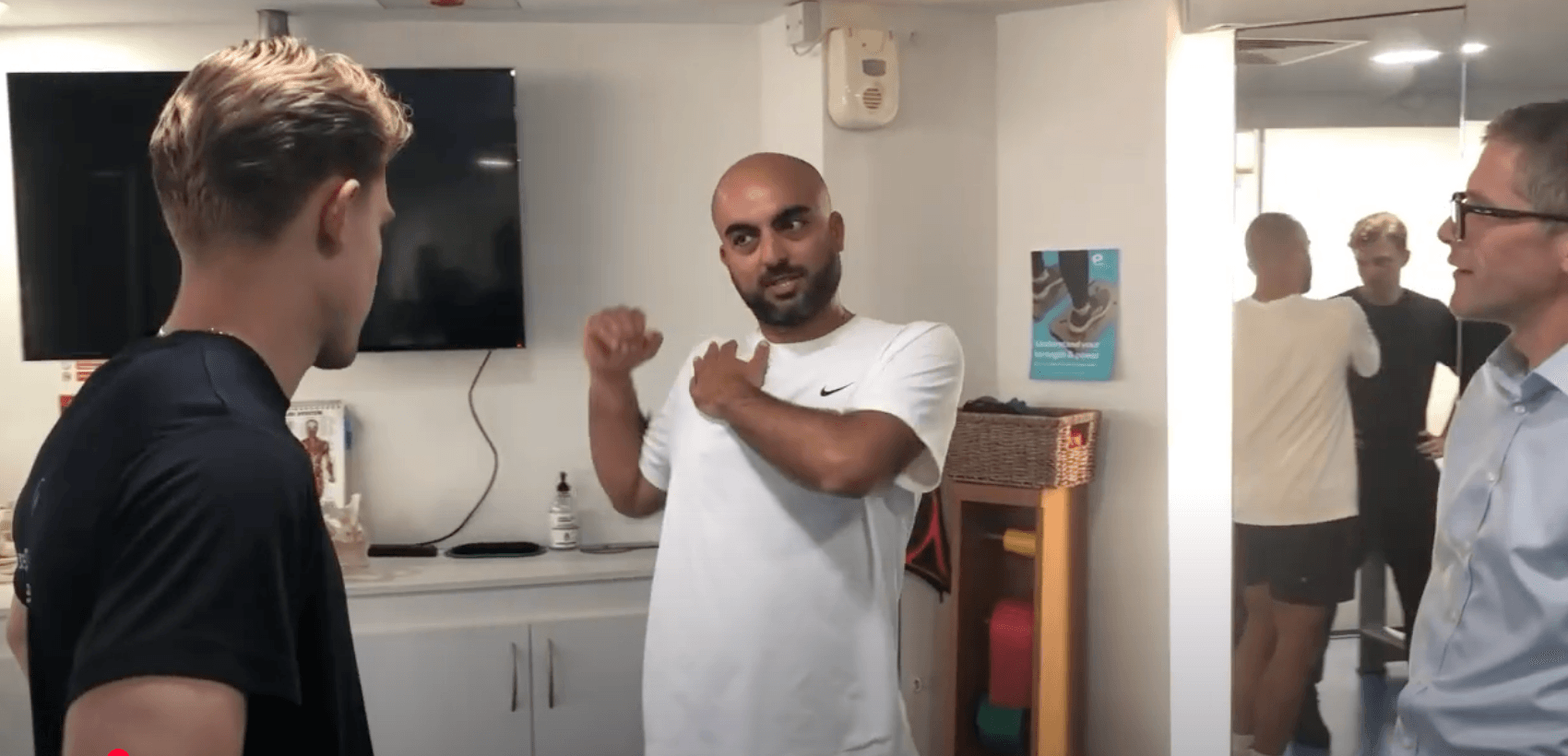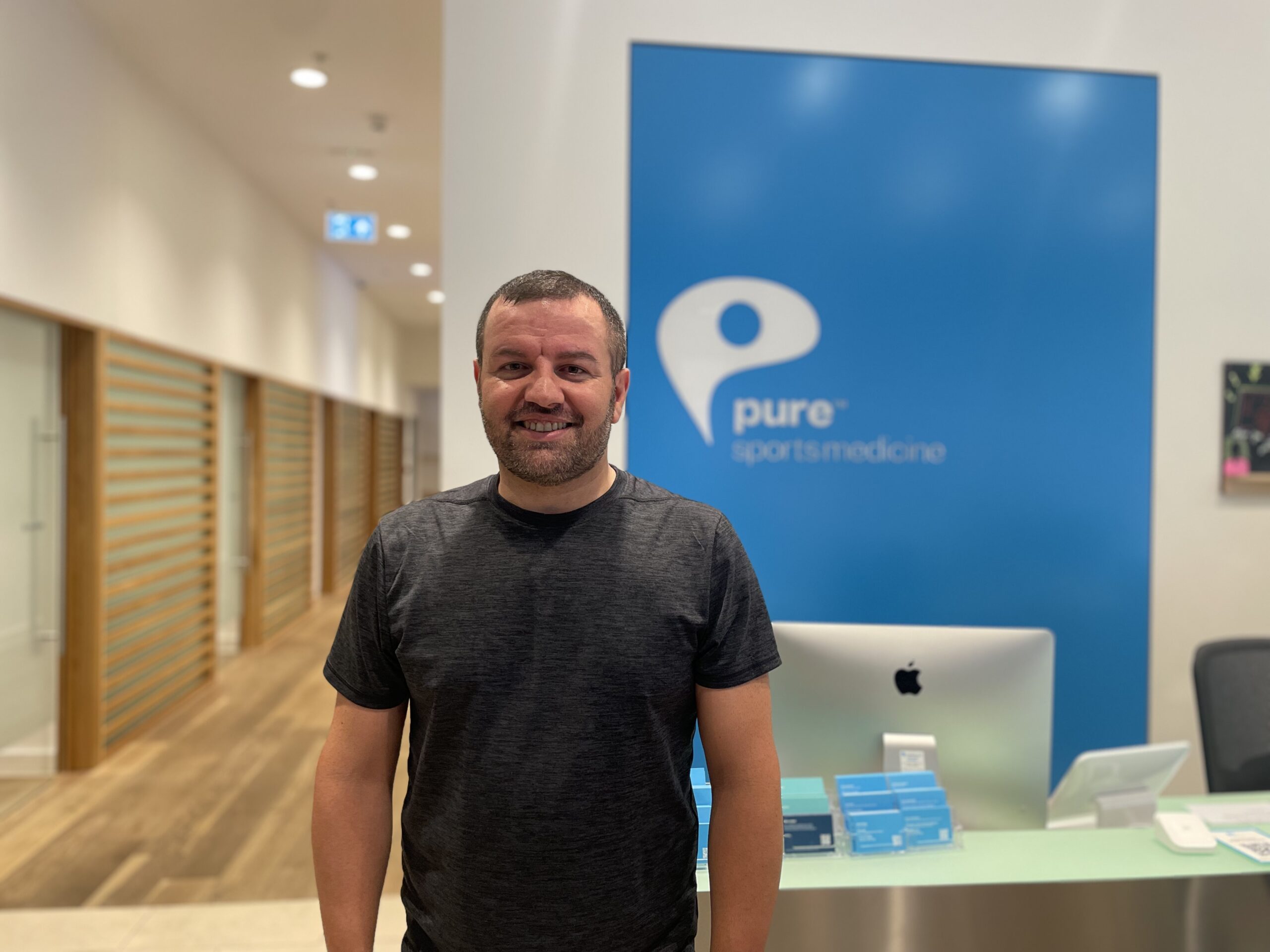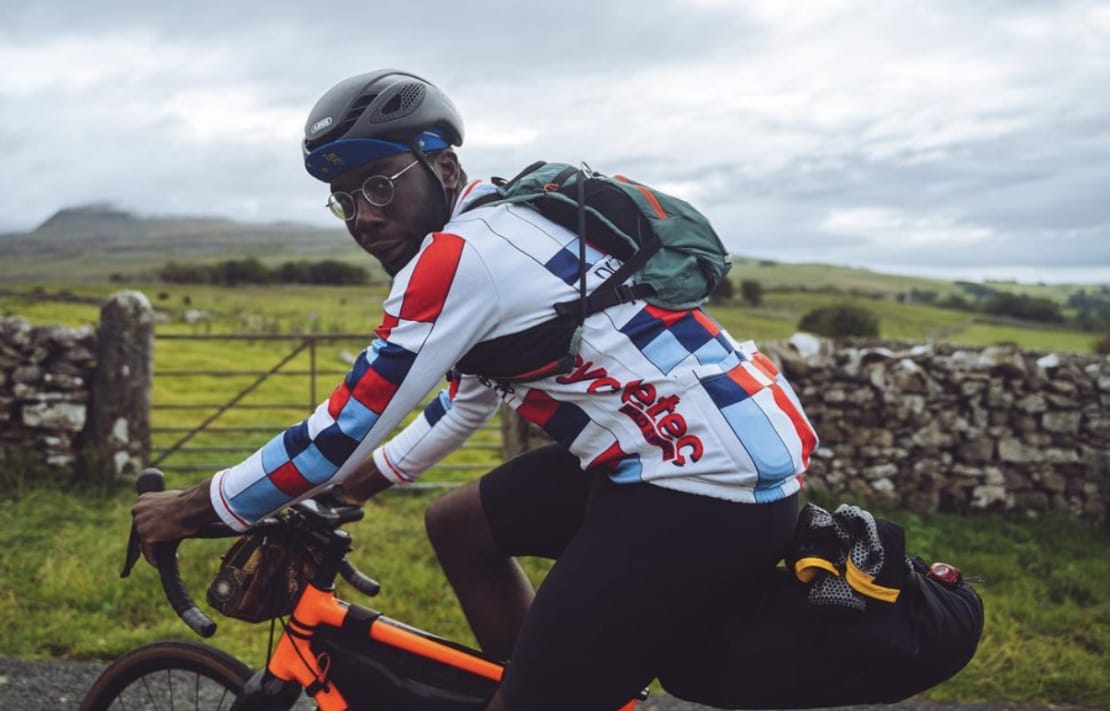Adam’s Story

Pure Sports Medicine
- 8 January, 2019
- Physiotherapy
- Podiatry
- Football
- 1 min read
For an amateur athlete with a desk-based job, I am far too familiar with physios, MRI scanners and my own biomechanics. 2018 was a difficult year injury-wise, but I have Tim Maynard and the doctors at Pure Sports Medicine to thank for getting me back to football, cycling and swimming far quicker than initially diagnosed.
In March, I was playing football and experienced a sudden, sharp pain around my ankle. It was a non-contact injury that ended my game. An MRI scan revealed a build-up of several minor injuries and traumas over several years of playing football, eventually contributing to what I was informed were ‘spurs’ — loose pieces of bone at the front and back of my ankle floating around and annoying the surrounding tissue and ligaments.
Surgery was considered for the ankle, but I was advised that conservative treatment (i.e. physio) was a viable alternative. I went to see Tim and he put me on a fairly rigorous training régime for my ankle, which had to recover 3 months later for a football tournament in Vienna. Tim was varied and robust in his approach; treatment included massaging, testing the range of movement (including measurements for comparison purposes) and progressing to strengthening exercises. Over the 3‑month period, I became more confident about the strength of my ankle and the support it provided for my various sporting activities. I was ready for the tournament…
…Until disaster struck four days before I was due to fly to Vienna. Trying an elaborate turn in a warm-up match well beyond my technical capabilities, I felt a ‘pop’ in my groin and my game was over. I saw Tim the following day and the initial diagnosis was not good. I wasn’t able to play in the tournament, which was hard to take given that the ankle was more than ready.
The groin recovery process began and the MRI revealed a ‘complete avulsion of the adductor by 4.4cm’ – for a medical layperson like myself, this translated to ‘the groin muscle completely detached itself from the bone and was hanging out in mid-air 4.4cm from where it should be’. A hip specialist admitted that, from the scan, surgery was a certainty. On further inspection, my legs were generally strong enough and the pain had subsided to the extent that physiotherapy was, again, an alternative option but not guaranteed to ensure recovery. I gave Tim another unreasonable deadline for recovery, given I was to take part in a charity cycle ride from Zurich to Geneva less than two months later.
Tim performed miracles again and gave me various exercises to get on with. He measured the strength of my legs, in a variety of motions and positions, on a weekly basis to assess the deficit in the weaker leg and the improvements in overall strength. I was recovered enough to complete the cycle ride, pain-free, and set the next target of a return to football before I relocated to Mexico City in November.
Continuing to follow Tim’s advice, I worked hard to return to football and played my first game 3.5 months after the groin injury occurred. Despite some nerves, the groin felt great and my ankle was giving me no problems whatsoever. A subsequent MRI scan revealed that my adductor had climbed slightly closer to the bone, resting a mere 3.7cm from where it should be.
I am now in Mexico and continue to play football, swim and cycle, and, thanks to Tim and the team at Pure Sports Medicine, I generally feel no limitations in my activities.

Advice
Over the last 20+ years our experts have helped more than 100,000 patients, but we don’t stop there. We also like to share our knowledge and insight to help people lead healthier lives, and here you will find our extensive library of advice on a variety of topics to help you do the same.
OUR ADVICE HUBS See all Advice Hubs

